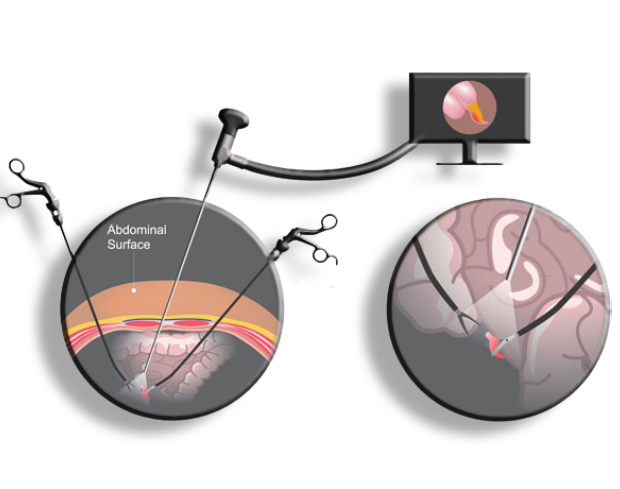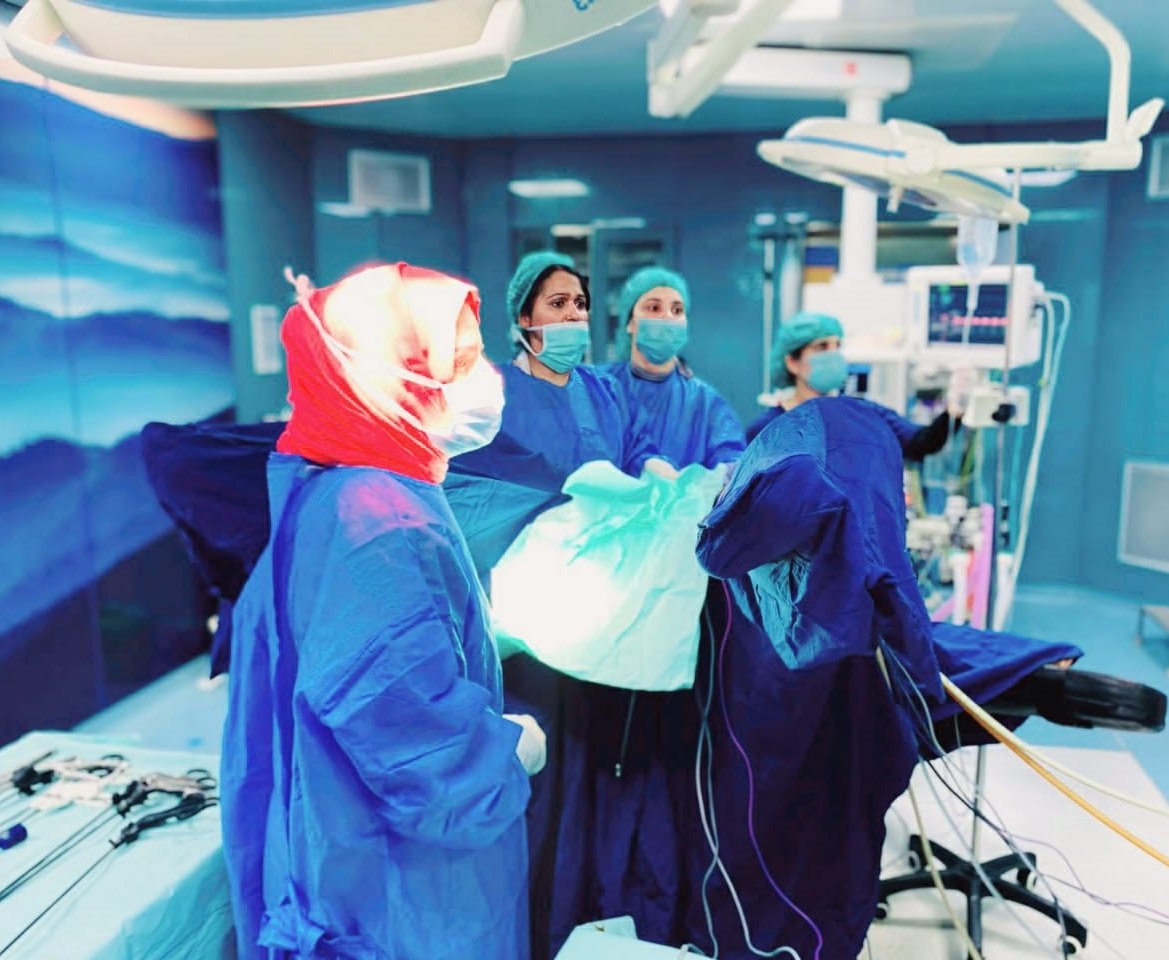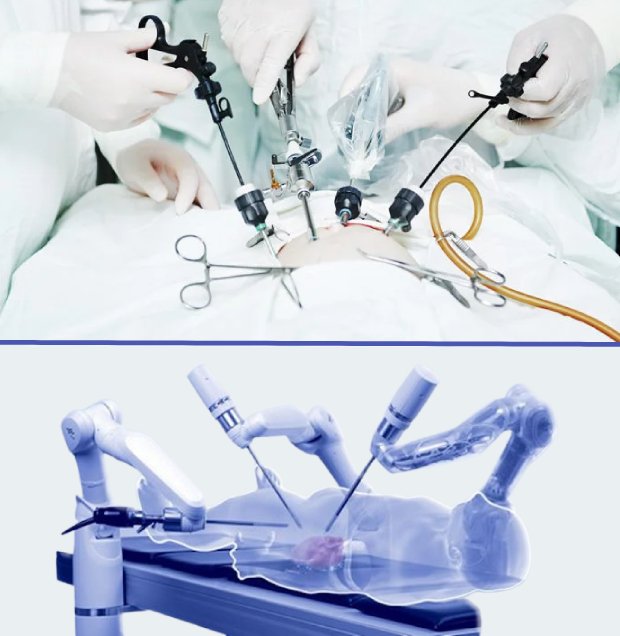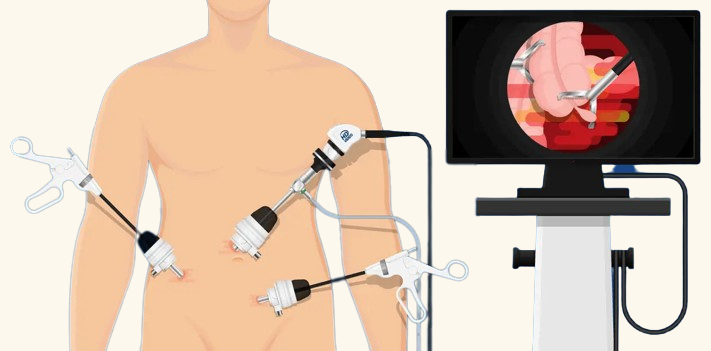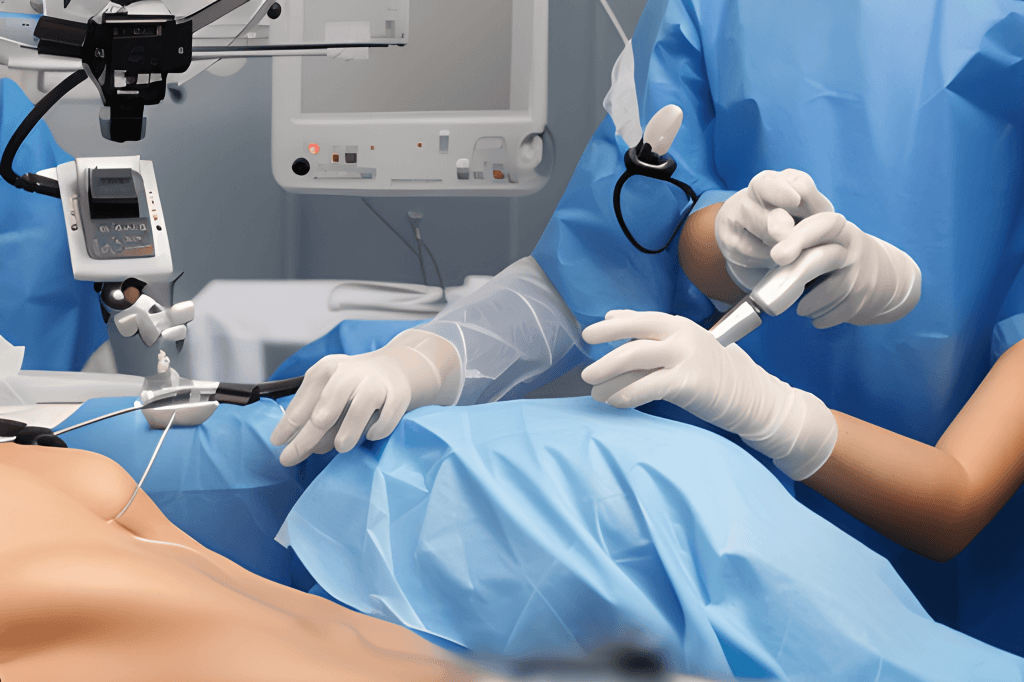Our Minimal Invasive Surgeon in Lahore Pakistan
We are the foremost experts in minimally invasive surgery, specializing in both laparoscopic and robotic techniques. We are proud to be at the forefront of providing exceptional medical care through minimal invasive procedures in Lahore. Our team of skilled surgeons brings a wealth of experience and expertise to the field of minimally invasive surgery in Lahore Pakistan. With a dedicated focus on laparoscopic and robotic approaches, we have successfully performed thousands of procedures, delivering superior outcomes and patient satisfaction.
Laparoscopic surgery, a cornerstone of our practice, involves making tiny incisions through which a camera and miniature instruments are inserted. This technique ensures reduced trauma, minimal scarring, and quicker recovery times for our patients. Our adept surgeons in Lahore have honed their skills to execute intricate procedures with unparalleled precision, enhancing patient comfort and optimizing results.
In addition to laparoscopy, we harness the power of robotic-assisted surgery, pushing the boundaries of what's achievable in medical intervention. Our state of the art robotic systems empower our surgeons in Lahore with enhanced dexterity and visualization, making even the most complex surgeries more manageable. This technology amplifies our capacity to provide world-class healthcare while minimizing the impact on patients' bodies which enables us to claim the best minimal invasive surgeon in Lahore Pakistan.
We are committed to delivering excellence in minimally invasive surgery in Lahore. Our patients benefit not only from our technical prowess but also from our patient centered approach. We prioritize open communication, personalized care, and thorough pre and post operative guidance to ensure our patients feel confident and well-informed throughout their journey for better health.
At the heart of our practice is a dedication to improving lives through innovative techniques, with our unwavering commitment to being the best in minimally invasive surgery in Lahore Pakistan.

